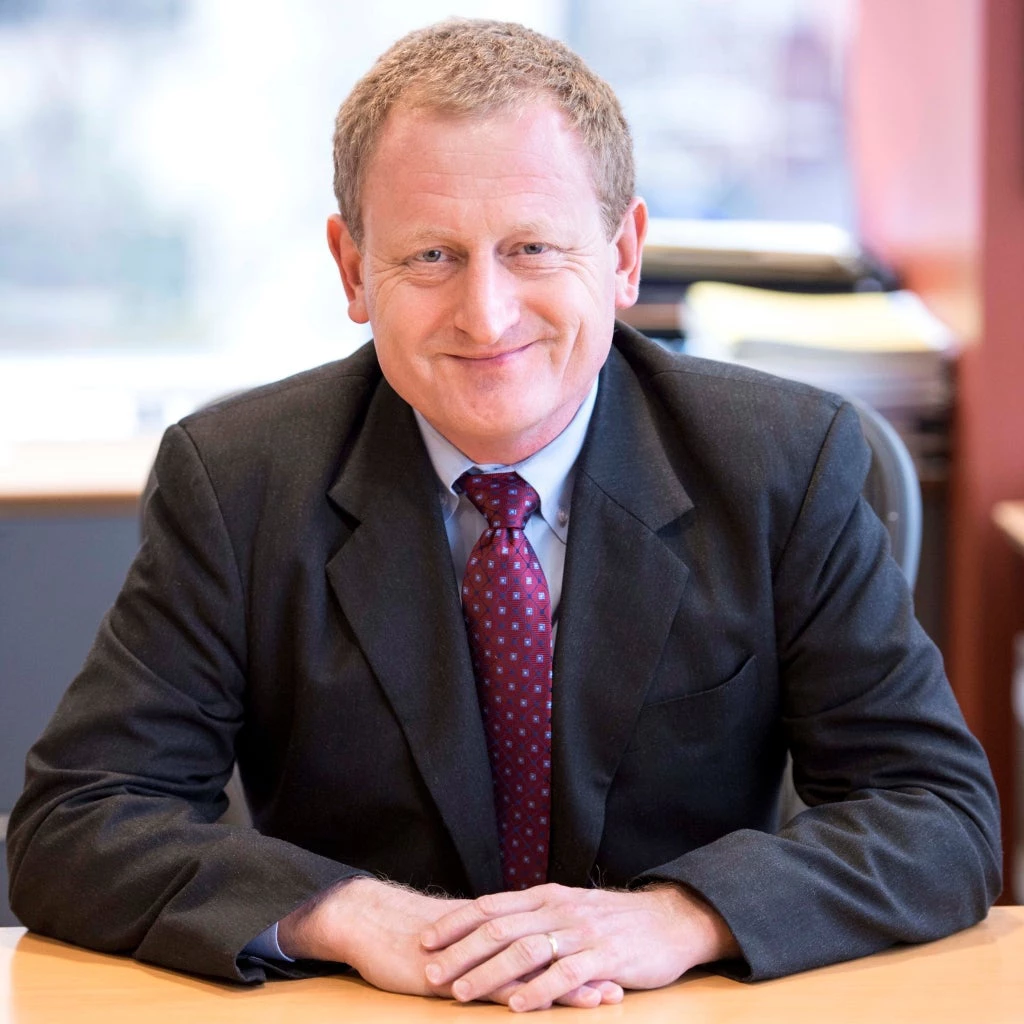
Just consider some statistics. It’s estimated some one point four million people move to cities every week. And by 2050, we will add nearly 2.5 billion people to the planet, with 90 percent of the urban growth in that time taking place in developing countries.
Yet living in cities can be risky business. Many large cities are coastal, in deltas or on rivers and at risk from of flooding from powerful storms or rising sea levels. Globally 80 percent of the world’s largest cities are vulnerable to severe earthquakes and 60 percent are at risk from tsunamis and storm surges.
Monsoons, flooding, and hurricane winds threaten to cause significant loss of life and the costly destruction of homes and other infrastructure. The devastation – terrible at any time – can be particularly bad in low- and middle-income countries, where about one billion people now live in vulnerable and informal settlements and ultimately harm poor people the most.
The statistics alone illustrate the need to strengthen the resilience of cities against climate hazards. Land use and effective building regulations can be a vital tool in helping build up the resilience of cities, and play a critical role in applying best practices and in guiding future investments and infrastructure development. But unfortunately, effective building regulation can often be lacking in the vulnerable regions that need them most.
In general, developed countries have successfully developed strong regulatory frameworks that can help avoid extreme losses. Many developing countries, however, have failed to adapt to local needs and ensure that adequate standards are implemented. One of the key differences is rooted in political volatility, high levels of poverty and inequality, and weak governance.
In these contexts, the implementation of effective regulatory frameworks can be challenging. This is particularly true in the construction sector, where it may take several months to obtain a building permit, or where inspections are insufficient, dysfunctional, or completely absent.
The Global Facility for Disaster Reduction and Recovery (GFDRR) and the World Bank are making a coordinated effort to tackle the institutional challenges which hinder the development of and compliance with adequate building codes and land use regulation. The new Building Regulation for Resilience program, a growing global partnership, focuses on governance reform, strengthening national and local capacity, and creating building standards accessible to poor and vulnerable people, with the aim of increasing protection of the built environment from acute disasters, as well chronic risks like fire.
It’s an unprecedented global effort which recognizes that too little action has been taken to address the underlying risks posed by ineffective or absent building regulatory systems in low- and middle-income countries. And it’s also the first program of its kind to directly address climate and disaster risk through improved building regulation.
The program seeks to develop and promote activities to increase regulatory capacity and, in turn, promote a healthier, safer, and less risky built environment. In fast-growing urban areas, the program will focus primarily on disaster and chronic risk in the siting and construction of new settlements. It will also focus on reducing disaster risk in existing settlements, with pilot projects in Africa and Asia.
In a world where the cost of rebuilding entire cities after a natural disaster is exceptionally high, building code compliance can be a cost-effective solution to avoid extreme losses.
This week during the Spring Meetings of the World Bank Group, we will kick off this exciting new program with industry experts, development partners, and Bank management. The aim is help build a safer and more resilient future in our cities, whatever storms may come our way.
For more information on the program, visit GFDRR.org/buildingregulation


Join the Conversation